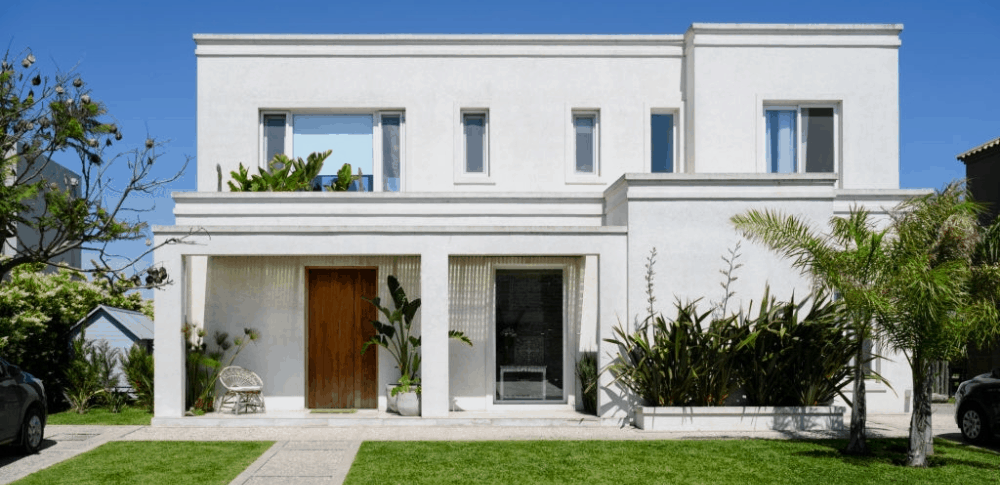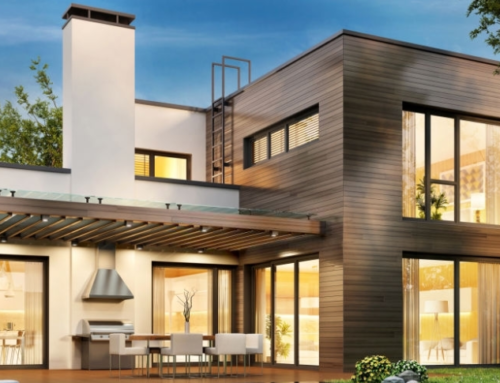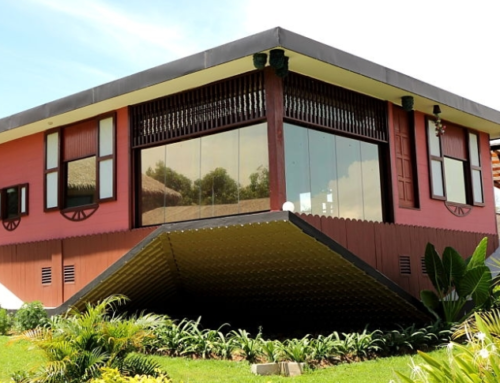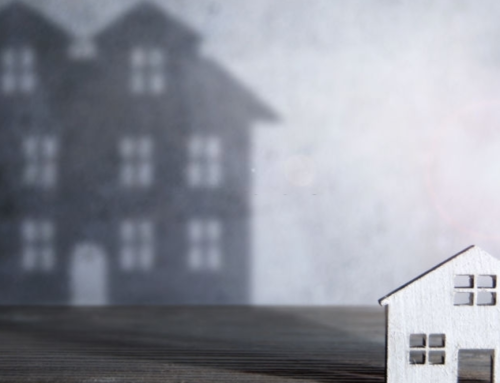The modern world is constantly evolving and certain areas, such as technology, experience a rate of change that is somewhat exponential. The humble home is something that many people forget about when assessing the rate of progress over the years, though it has been through a series of modifications.
It may not be apparent, but there have been some significant changes in homes over the past 20 years. Here we will summarise some of the areas that have seen a change.
Size of homes
The trend over the last 20 years has seen homes generally increasing in size. While there was a period of stagnation due to economic circumstances, the general trend is still heading upwards. People are demanding and building larger homes than in the past.
Number of rooms
In line with the overall size of a home, the number of rooms in the family home have also been increasing steadily. This applies to bedrooms and living spaces, as well as bathrooms.
Purpose of rooms
One key change relating to the above point is that as the number of rooms has increased, the purpose of each room has also become more focused. For example, people are building games rooms, home theatre rooms, and home offices/workspaces.
Size of block
While the size of the average home has seen an increase over time, the average size of land has actually been shrinking. This is both a result of appreciating land values, particularly in inner city areas, and of builders looking to gain economies of scale by fitting more properties onto any given subdivision. Squeezing a large number of properties on a subdivision lowers a builder’s cost of land acquisition and service installations such as water and sewage.
Size of household
Similarly, even though houses have been getting bigger, households have actually been getting smaller. There are a few reasons for this, with the most obvious being a result of the baby boomer generation becoming empty nesters when their children grow up and leave home.
In addition to this, there have been some other demographic and cultural shifts, including more couples that don’t have children, and more single parent households.
Appliances and technology
The use of appliances has had a drastic impact on homes and is one of the largest contributors to changes over time. Microwaves are now considered standard fare while dishwashers, once a luxury, are now standard fitment and are often expected by homebuyers. Air conditioning is another example of this, once considered a luxury but now a standard in new homes. Some homes now even incorporate underfloor heating for the winter months.
Technology has come a long way, now requiring less wiring with the advent of wireless routers, cordless phones, and even robotic vacuum cleaners. Technology is also being integrated into new homes by way of internet controlled lighting and security systems. These days, even a front door can be unlocked with your mobile phone.
Building materials
In addition to the abovementioned changes to housing and households over the years, the core issue of building and building materials has also experienced a rapid rate of change. Almost every single component of a house has been improved, from roofing to decking. Materials are now easier to work with, often cheaper to manufacture than they previously were, and more environmentally friendly too.
So what does the future hold for the humble home? Judging by the changes over the past 20 years and the implicit change in the rate of progress, materials will only become more advanced, building techniques will become more creative, and a truly connected home will start to emerge as a result of the digital age.
Demographics will continue to change with cultural shifts and the increasing size and density of cities. Despite all these changes, one thing is for certain: no matter what the cause or change, houses and households will continue to adapt to whatever the future brings.





